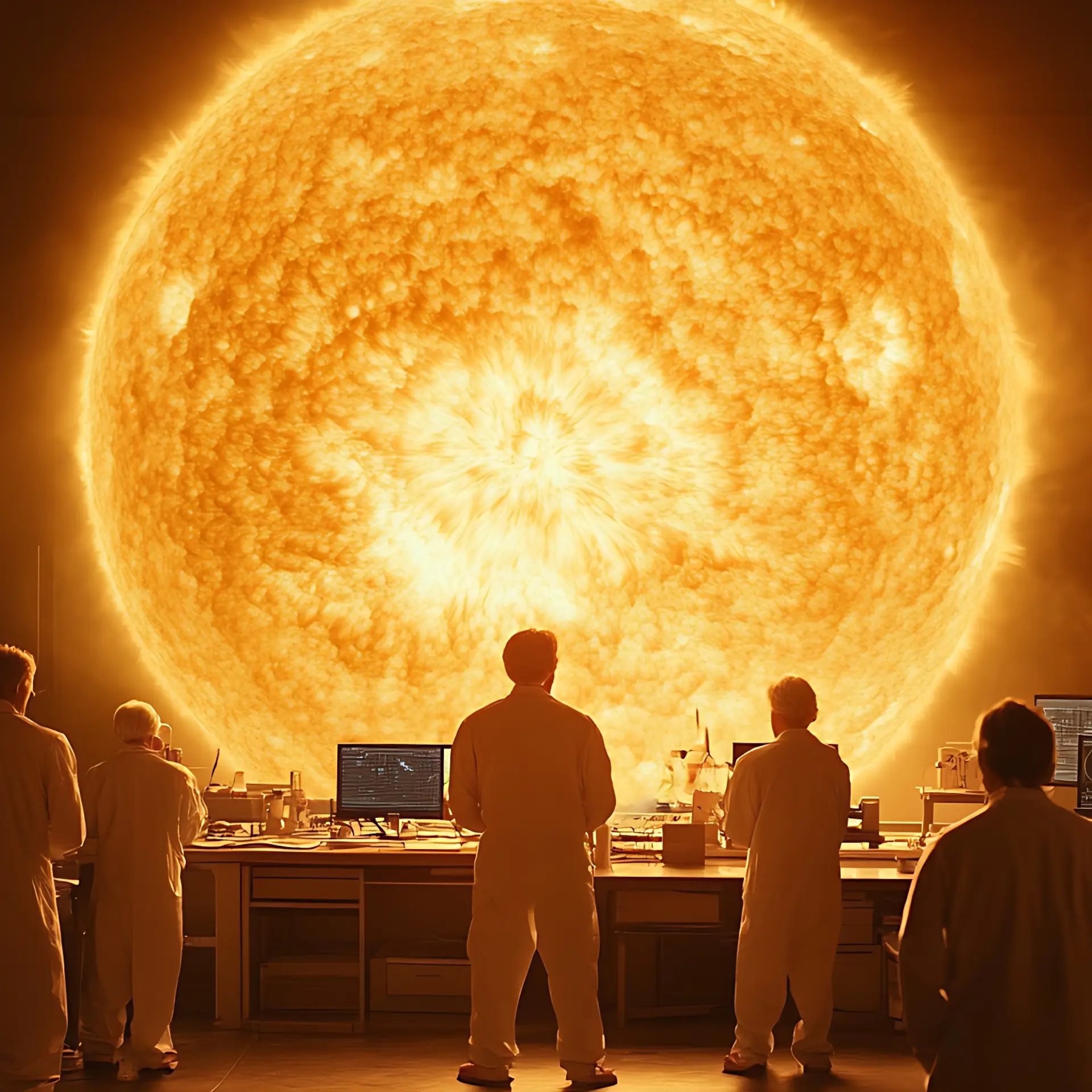Breaking the magician’s code: what made AR Rahman a musical sensation
On this very day, last year, Rahman played music out of thin air. To be more precise, Intel Curie’s button-sized wearable hardware device converted his magician moves into music. Rahman’s tryst with technology is not unknown. These days he’s rarely seen without his keyboard synthesizer and the bright red Continuum Fingerboard that he played at the Berklee Concert. He got his hands on Harpejji, a string instrument meant to bridge the gap between the sounds a piano and a guitar soon after it was developed. If Rahman’s music has evolved, then it has done so with technology.

Image credits: www.creativecommons.com
This ‘evolved’ musician is, however, not the AR Rahman that I grew up listening to. The Rahman familiar to my ears, and whose music has frozen memories in time, came to be known as ‘Isay Puyal’, or the ‘Music Storm’, by his earliest fans. There isn’t a name more appropriate as he came and transformed the music industry in a storm, leaving his mark behind. Mani Ratnam was so impressed by the elements that he heard in Rahman’s jingles that he knew instantly that “he was ready to break a lot of conventions that were there in terms of music at that point of time, in terms of recording at that point in time.”
From that moment on, Rahman has done exactly that; his approach to sounds, his keenness to experiment with singers and technology, and his ability to evolve with his audience has given him, and Indian music, international acclaim. Today, he continues to be unstoppable, especially with his recent crowd-sourced witty rendition of Urvasi, and so we’d like to attempt breaking this widely admired magician’s code.
East-West fusion
What made Rahman’s music stand out was his melodious concoction of western and classical elements. The mind-boggling bit, however, was that these two elements, albeit an amalgam, were distinctly heard. This made his sounds a multi-layered phenomenon. His classical background was a foundation strong enough to let him experiment in a way that his music was modern and yet, not western. Chandralekha, Urvasi, and the soundtrack of Taal are especially good examples of how he retained an ‘Indianness’ in his songs while exploring western elements and beats. To an audience that was, until then, accustomed to the traditional melodies of Ilayaraja, Rahaman came as quite a pleasant surprise.
Musical teleportation
Another characteristic feature that soon became associated with Rahman alone was his ability to capture the feel of a movie. In an interview with Apple’s Logic Studio, Rahman revealed that he writes the thoughts that come to his mind after watching an entire film a couple of times. This way, he syncs all different cultural elements, be it Indian or Western, for a result that is “wholesome”. He says, “The music is much more organic this way, not jumping cue to cue. It's more about counterpointing and, sometimes, walking hand-in-hand.”
There is no better case in point than his rendition of the National song, Vande Mataram, which became the essence of patriotism in the country. Bharath Humko Jaan Se Pyara Hai from Roja is another composition of similar impact. His music for Lagaan transported his audience to the Victorian period of the British Raj, and through Rang De Basanti, he did something extraordinary – he took his audience in pendulum swings between the British Raj and modern day revolutionaries. I believe I can rest my case with this.
The gems he collected
Rahman’s eagerness to welcome new talent is one of the things that have given his music the vitality we see today. When asked by Khabar how he’s comfortable with taking risks with unknown talent, he said – “For me the output is very important. I am not interested in the process.” Having foresight of the output, however, is not something just anybody can do.
He has brought to light exceptional musical talent such as Hariharan, Shankar Mahadevan, Kilash Kher, Naresh Iyer, Sukhwinder Singh, and of course, his right hand man, Shiva Mani, who credits his entire career to Rahaman. Had Rahman been averse to the unknown, the Indian music industry would sound very different today.
When Hollywood came knocking
It was these elements and his willingness to let his music evolve with the latest technology that caught Hollywood’s attention. It was quite an unexpected development for Rahman though, as he was taken aback by Danny Boyle’s straightforward approach to him – “Hey I’m Danny Boyle, I like your work, and it would be great for us to have you on our film (Slumdog Millionaire).” Soon after that he collaborated with Boyle again for 127 Hours, and then among other projects, composed music for the Lord of the Rings musical. His music even inspired a London production musical called Bombay Dreams, produced by Andrew Webber, who was enchanted by Rahman’s iconic song, Chaiyya Chaiyya.
Rahman was nine years old when he accidentally played a tune during his father’s recording; a tune which was later developed into a complete song. The music that escaped his fingers then has now grown to be an inherent part of Indian film music. With his tunes etched in our minds, Indian music without Rahman is now inconceivable. Here’s to the man who has brought us much joy with his melodies – Happy birthday Rahman!







